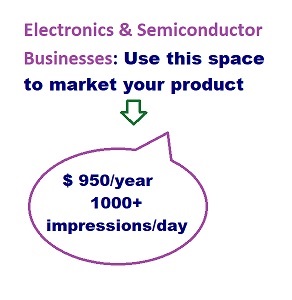4th edition of Solar PV tech roadmap by SEMI released
Date: 21/03/2013
SEMI has released 4th edition of the International Technology Roadmap for PV (ITRPV), a roadmap for solar PV technology. This year’s edition concludes that the industry’s historic learning rate of about 21 percent can be maintained into the next decade by introducing new double- and single-sided contact cell concepts, new and improved materials, improved cell front and rear side efficiencies, new module technologies, increased equipment productivity, and other areas.
The ITRPV was jointly prepared by leading international c-Si solar cell manufacturers, module manufacturers, silicon producers, and wafer suppliers. Feedback and input from various institutes, equipment suppliers and providers of production materials was also included. The present publication covers the PV value chain from crystallization, wafering and cell manufacturing downstream to module manufacturing and PV systems. The ITRPV has grown in importance as the oversupply of PV products and global competition has led to rapid price declines, making the roadmap a critical guide to supply chain profitability, as well as price competitiveness of non-subsidized solar energy.
Speaking before the SEMI PV Fab Managers Forum in Berlin, Dr. Markus Fischer, director of R&D Processes at Hanwha Q.Cells and co-chair of the working group said, “The ITRPV indicates where and how further reduction of silicon PV manufacturing cost is possible without sacrificing quality and reliability. The ITRPV process is the platform where the entire industry can collaborate to identify and target critical areas of improvement.”
The ITRPV is divided in three areas: materials, processes, and products. The analysis includes current technology, performance, cost, or specification data collected from participating companies and processed anonymously by SEMI. Future performance, cost, specification and other targets are agreed upon by participating companies and assessed by the status, complexity and probability of availability of the solution. Color marking is used to describe the maturity of a technology in critical parameters: green (technology is in use), yellow (industrial solution is known but not in mass production), orange (interim solution exists, but is too expensive), red (no industrial solution is known).
To obtain a copy of the ITPRV, visit www.itrpv.net
News Source: SEMI

